Oman is a land of breathtaking landscapes, from vast deserts to towering mountains, but one of its most hidden natural wonders lies beneath the surface – its caves. These underground marvels, shaped over millions of years, offer a glimpse into the country’s geological past while providing adventurous experiences for explorers and nature lovers alike. Let’s together with True Oman Tours explore most beautiful caves
Introduction To Oman Caves
Oman is home to some of the most spectacular caves in the Arabian Peninsula, ranging from vast underground chambers to intricate limestone formations. These caves were formed through natural processes such as water erosion, tectonic shifts, and mineral deposits. Some caves in Oman are accessible and well-maintained for tourism, featuring walkways, lighting, and guided tours, while others remain untouched and require technical skills to explore. Oman caves are not just geological formations; they also hold cultural and historical significance. Many caves have been used as shelters by ancient civilizations, while others are sites of myths and legends passed down through generations. Whether you’re drawn to their history, adventure, or natural beauty, visiting these famous caves in Oman is an unforgettable experience.
Top 5+ Most Beautiful Caves in Oman
Majlis Al Jinn
Majlis Al Jinn, one of the largest cave chambers in the world, is an awe-inspiring natural wonder located in the Selma Plateau of the Eastern Hajar Mountains. Its name translates to “Meeting Place of the Jinn,” inspired by local folklore that speaks of supernatural beings inhabiting the cave. The cave’s entrance is an enormous sinkhole, and its massive underground chamber spans approximately 310 meters in length and 225 meters in width, with a ceiling height reaching 120 meters. The volume of the cave is so vast that it could fit the Great Pyramid of Giza inside.
Majlis Al Jinn is a paradise for extreme adventurers, as accessing it requires specialized climbing and abseiling techniques. The cave was first explored in 1983 by American geologists, and since then, it has become a dream destination for caving professionals. Due to its remoteness and technical difficulty, entry is restricted, and only experienced climbers with official permits can descend into its depths. Inside, the cave’s walls display unique mineral formations, and the sheer scale of the cavern leaves visitors in awe. Those who have ventured inside describe it as an otherworldly experience, unlike any other natural attraction in Oman.
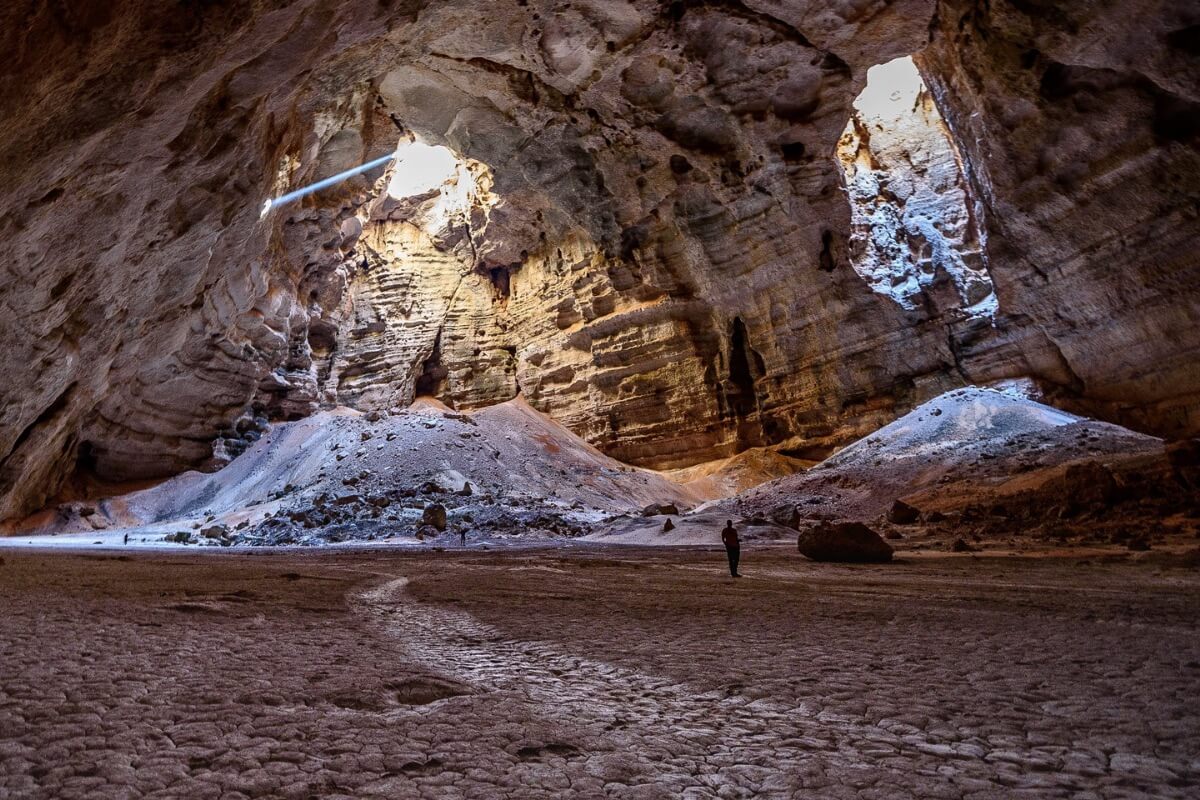
Al Hoota Cave
Al Hoota Cave, located at the foot of Jebel Shams, is the most famous and best-maintained cave in Oman, open to the public with guided tours. Stretching over 4.5 kilometers, this cave system is estimated to be over two million years old. Inside, visitors can marvel at stunning stalactites, stalagmites, and underground lakes teeming with unique cave-dwelling fish, including the blind Garra Barreimiae, which has adapted to the cave’s complete darkness.
The cave tour covers a 500-meter walk through a well-lit pathway, revealing fascinating rock formations and hidden chambers. A small electric train takes visitors from the entrance to the main cave, making it accessible for all ages. Al Hoota Cave is a must-visit for anyone interested in geology, as it offers a captivating look at Oman’s underground ecosystems. The surrounding area also features a geological museum where visitors can learn more about the cave’s formation and the region’s natural history.
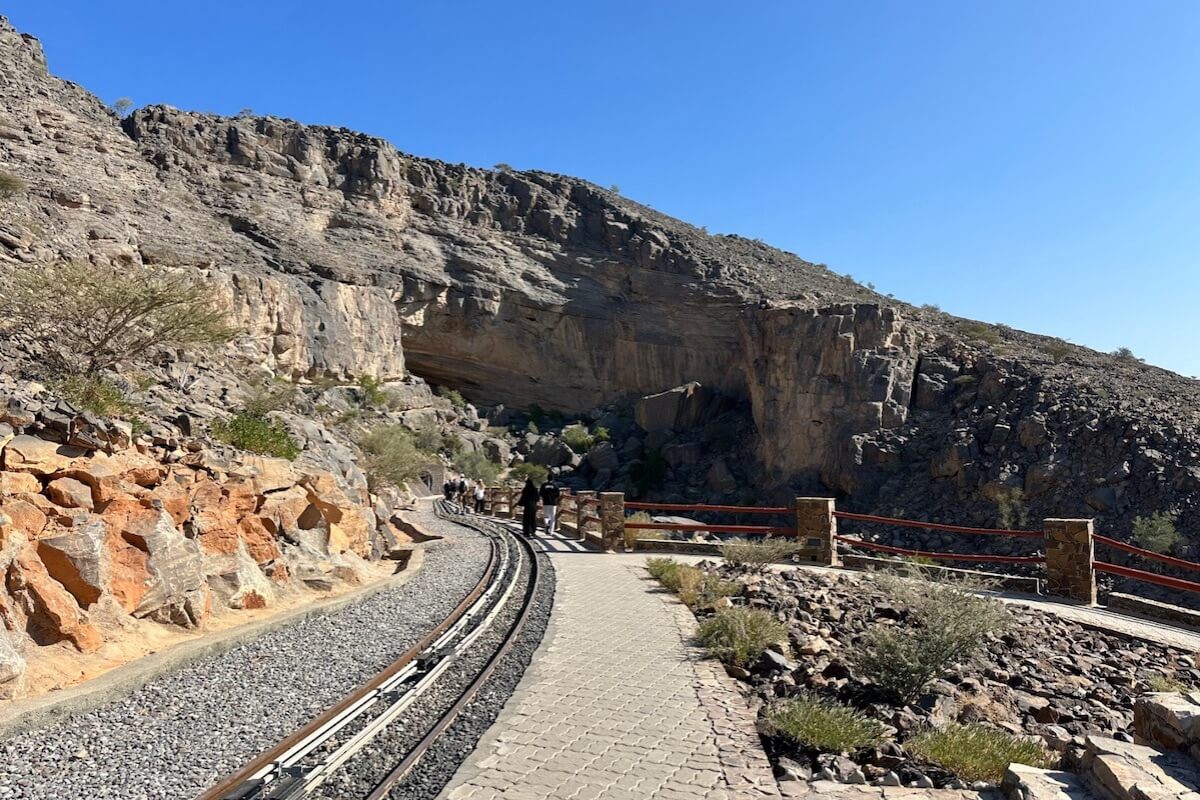
Muqal Cave
Nestled in the picturesque Wadi Bani Khalid, Muqal Cave is a small but enchanting cave that requires a bit of adventure to explore. Unlike Oman’s vast underground caverns, Muqal Cave is known for its narrow tunnels, flowing water, and small pools. To reach the cave, visitors need to hike through Wadi Bani Khalid’s famous turquoise pools and climb over rocky terrain.
Inside, the cave is dark, and visitors must bring flashlights to navigate through the chambers. The cool underground streams make it a refreshing escape from the desert heat. As visitors venture deeper into the cave, they will encounter small waterfalls and smooth limestone walls shaped by water erosion over thousands of years. While not as grand as Majlis Al Jinn or Al Hoota Cave, Muqal Cave offers a raw and immersive experience perfect for those who love adventure.
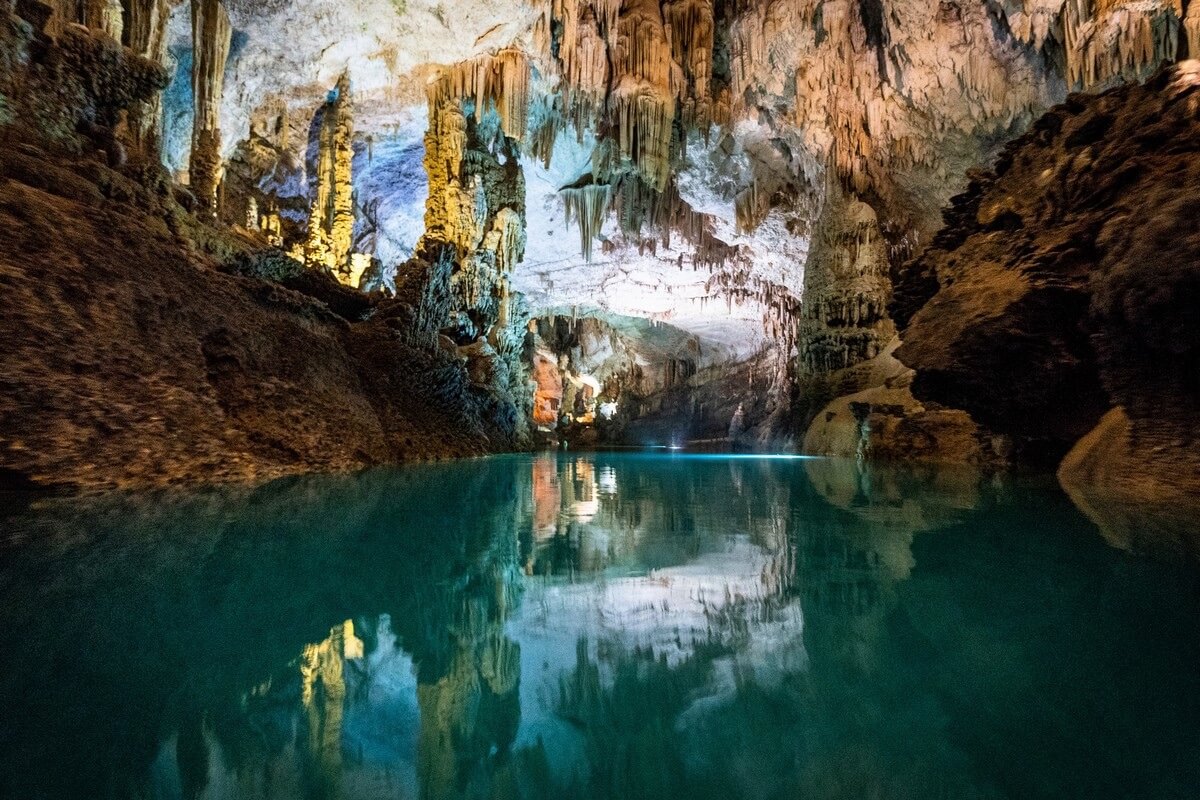
Jebel Akhdar Cave
Jebel Akhdar, known as the Green Mountain, is famous for its lush terraced farms and cool climate, but it also hides some of Oman’s most intriguing caves. The caves in Jebel Akhdar remain largely unexplored, adding an air of mystery to this already captivating region. These caves, formed through centuries of water erosion, feature intricate rock formations and hidden chambers that make them an exciting destination for experienced cavers. While some caves are accessible to adventurous hikers, many remain undiscovered, waiting for future explorers to unveil their secrets. The rugged landscape and breathtaking views of Jebel Akhdar make the journey to these caves just as rewarding as the caves themselves.
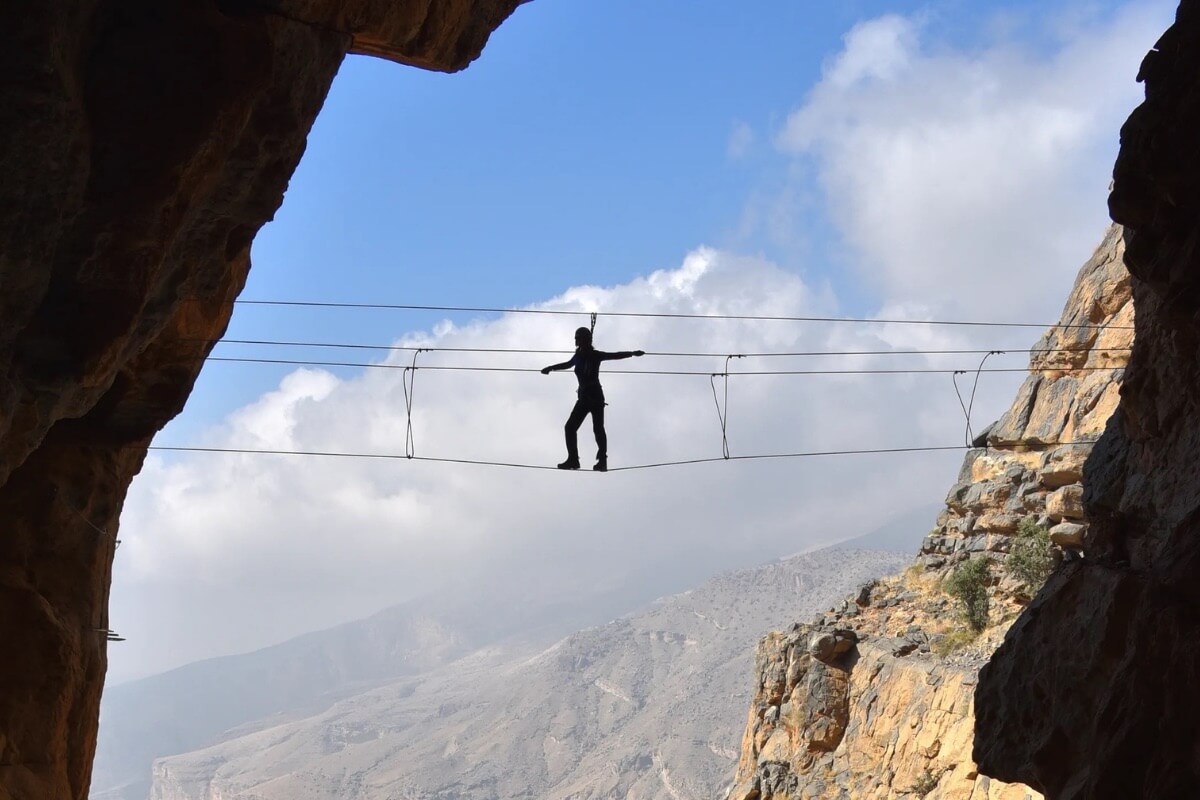
Al Marnif Cave
Located near Mughsail Beach in Salalah, Al Marnif Cave is a unique coastal cave that offers a completely different experience compared to Oman’s inland caves. Unlike the deep underground caverns of Majlis Al Jinn or Al Hoota, Al Marnif Cave is an open rock formation overlooking the Arabian Sea. What makes this cave special is its proximity to the famous Mughsail Blowholes, where powerful waves force water through natural rock openings, creating spectacular sea sprays. The cave itself is easy to access, with pathways leading to breathtaking viewpoints where visitors can enjoy the stunning contrast between the rocky landscape and the turquoise waters of the Arabian Sea. This makes Al Marnif Cave one of the most beautiful caves in Oman for those who want to witness the power of nature while enjoying a scenic coastal retreat.
Marneef Cave
Marneef Cave, located near the famous Al Mughsail Beach in Salalah, is a unique coastal cave that offers dramatic views of the Arabian Sea. Unlike other caves in Oman, Marneef is not a deep underground cavern but rather a rock formation with an open, airy structure. The cave is known for its spectacular sea blowholes, where powerful waves force water through natural rock openings, creating high-pressure water jets. The sound and sight of these blowholes are mesmerizing, making Marneef Cave a must-visit attraction in Salalah, especially during the monsoon season.
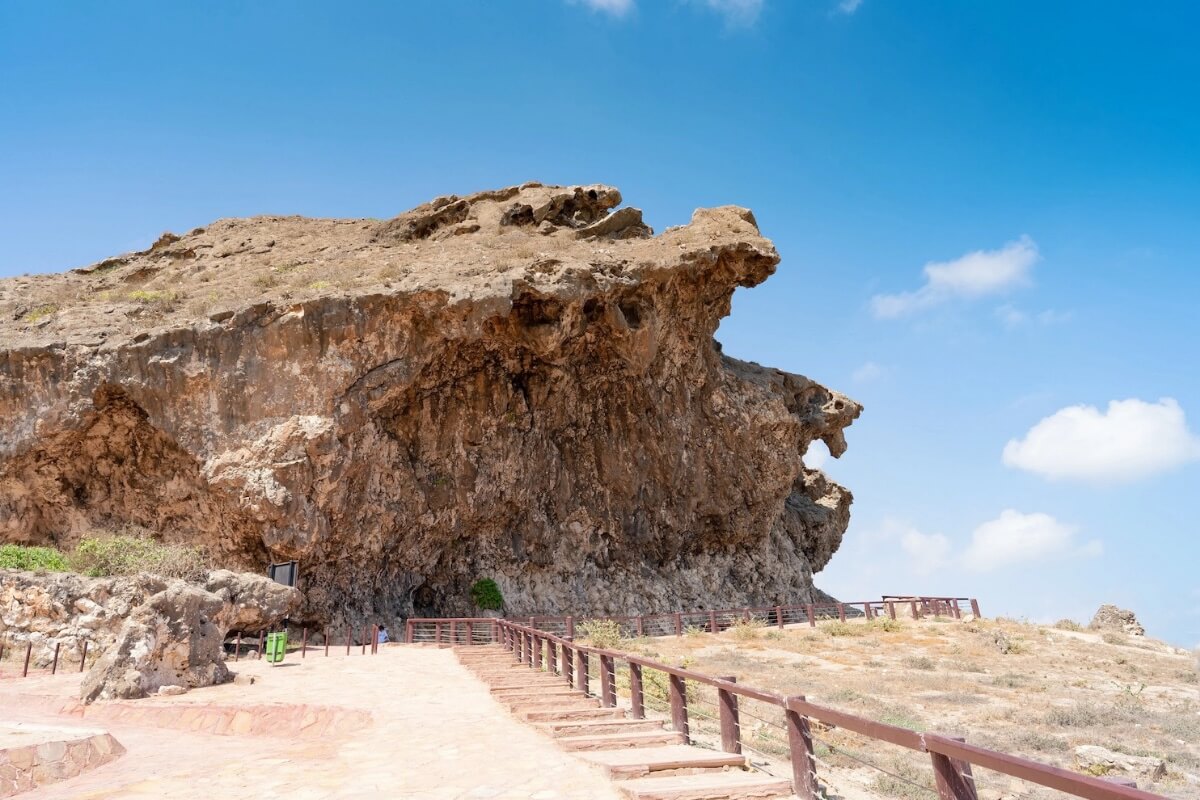
Teeq Cave and Tawi Ateer Sinkhole
Teeq Cave, located in Dhofar, is part of the magnificent Tawi Ateer Sinkhole, one of the largest sinkholes in the world. This cave is unique because it features waterfalls, making it one of the most picturesque and beautiful caves in Oman. During the monsoon season (Khareef), Teeq Cave and the surrounding landscape come alive with lush greenery and cascading waters, creating an otherworldly scene. The cave’s interior is vast, with multiple chambers and passageways that have yet to be fully explored.The area is a paradise for nature lovers and photographers, with scenic hiking trails leading to breathtaking viewpoints. Teeq Cave and Tawi Ateer Sinkhole are perfect for travelers looking to experience Oman’s natural beauty beyond its deserts. The sinkhole itself is a geological marvel, with its steep walls revealing layers of rock that date back millions of years.
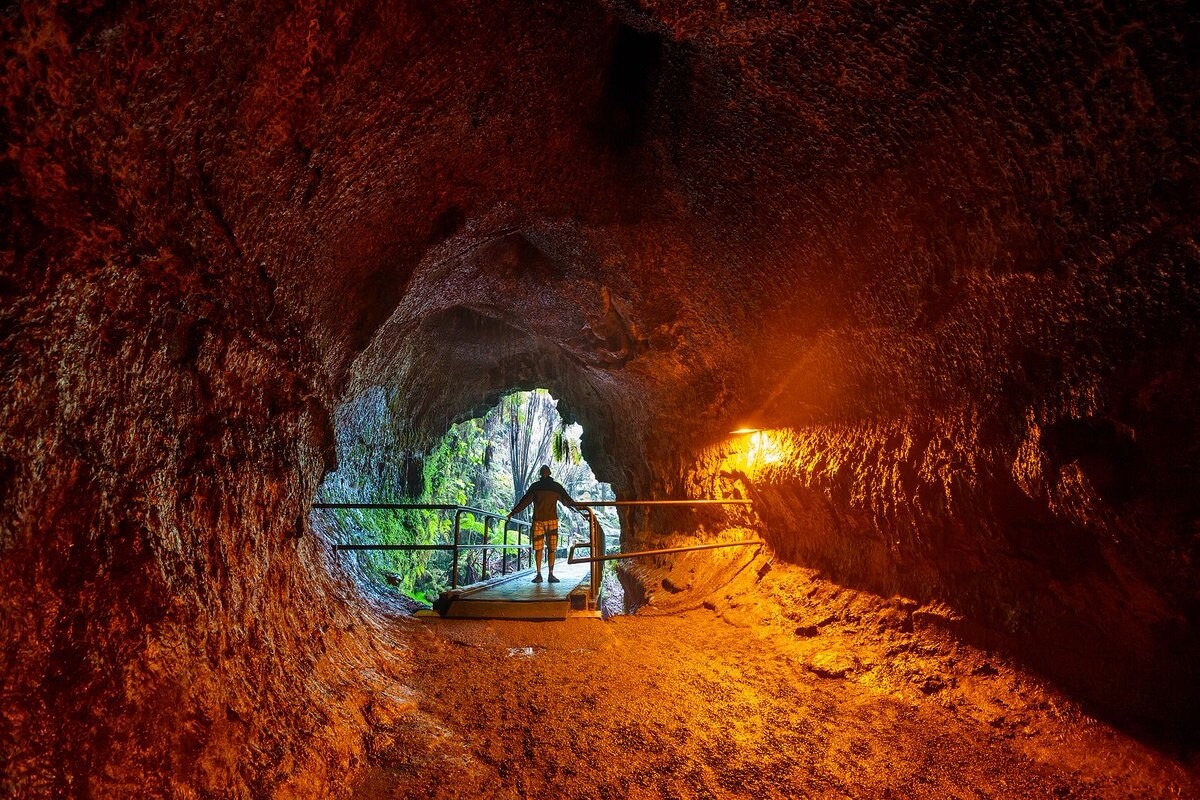

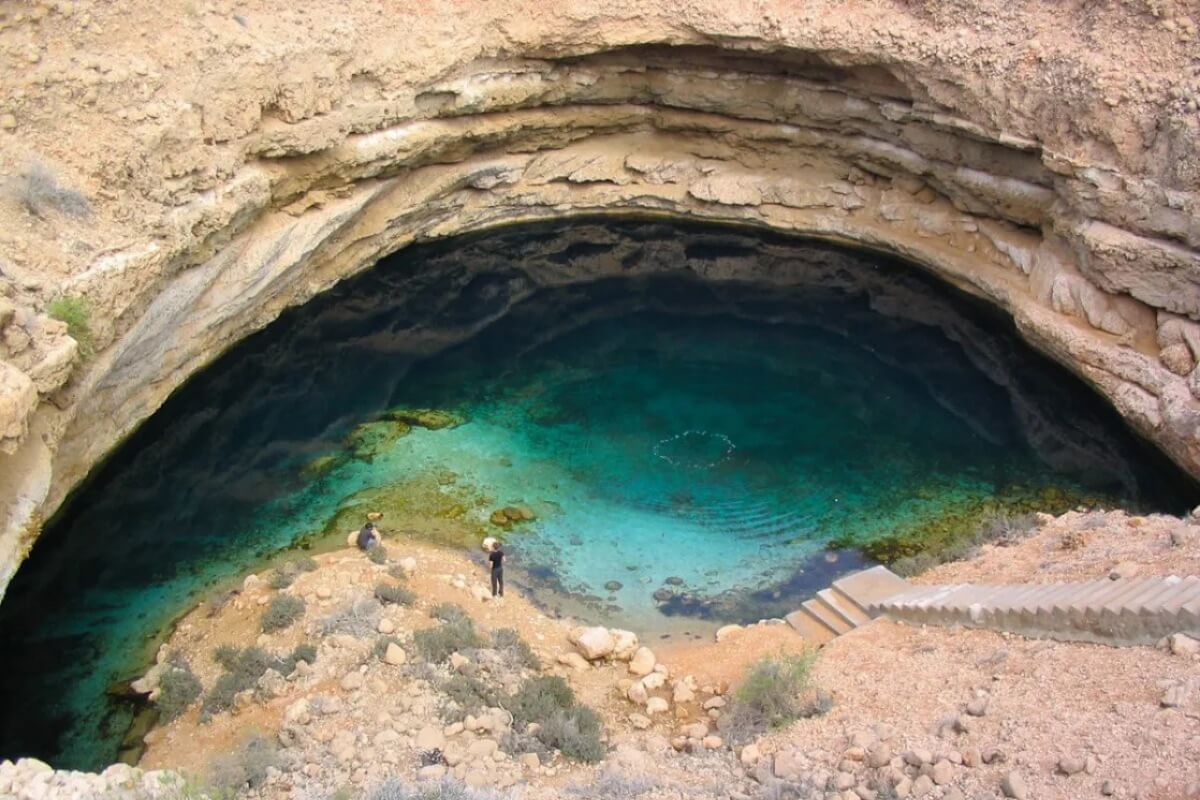
0 Comment